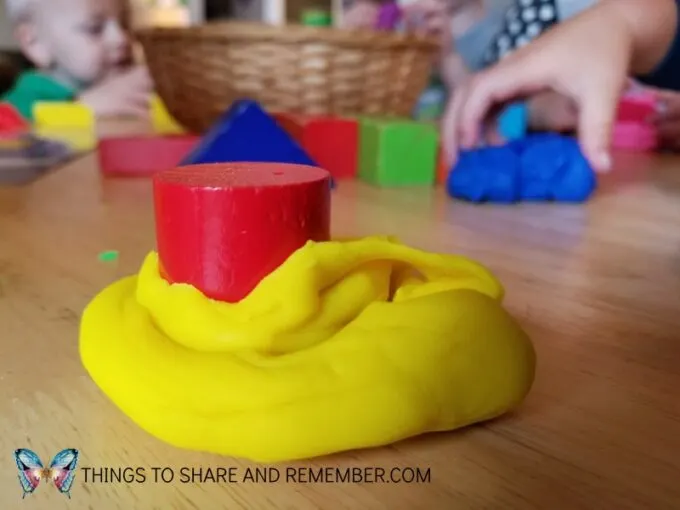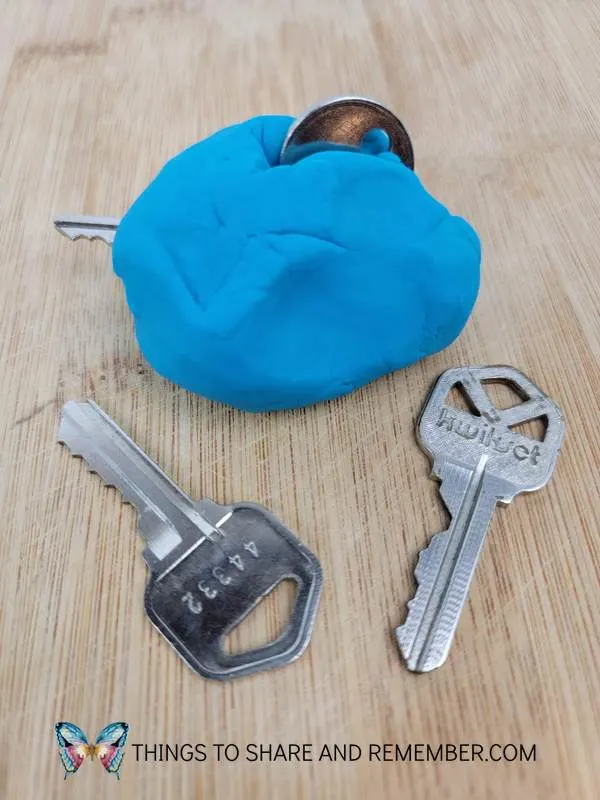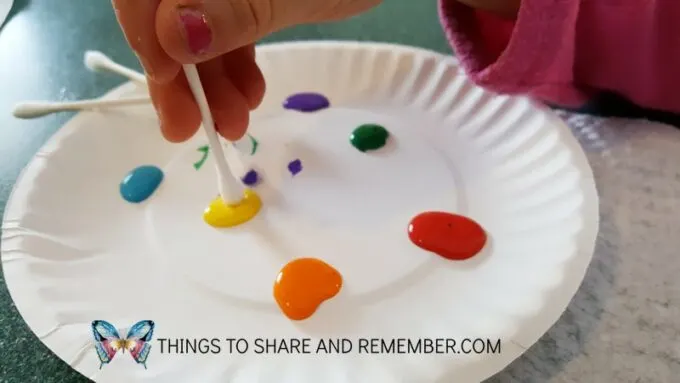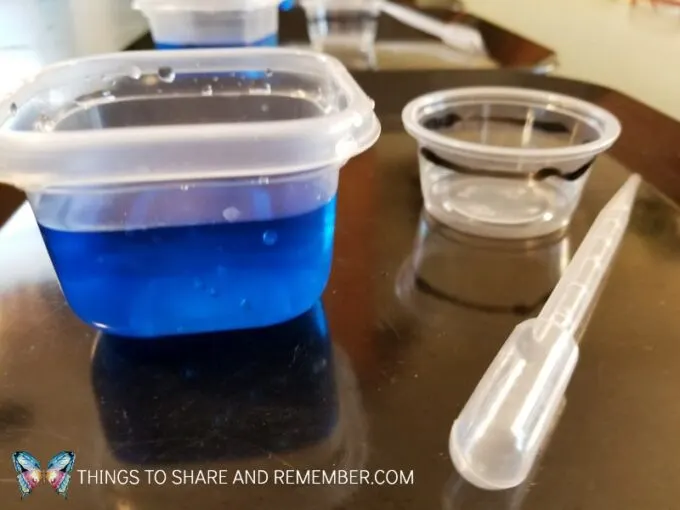Fine motor skills are essential for toddlers to complete everyday tasks and life skills such as buttoning clothes, using utensils, and holding a pencil. Fine motor skills involve using small muscles in the hands and fingers and require practice and repetition to master. I’ve come up with a list of 8 fun and easy fine motor skill activities for toddlers.
Children develop at different rates so these activities are perfect for all young children who need extra practice or fine motor skill development. All you need are simple supplies to create fun activities and develop important skills that will facilitate writing in the years ahead.

8 Fine Motor Skill Activities for Toddlers
Here are some fun and engaging fine motor activities to try:
Playdough Fun
Playing with playdough is a great way to develop fine motor skills. Toddlers can squish, roll, and manipulate the playdough with their hands, which helps to strengthen their hand muscles. To make the activity more challenging, provide alphabet dough cutters, plastic knives, or dough stampers for your toddler to cut and shape the playdough. Change up playdough with different colors, scents and unique items like shells or large buttons to push into the dough or cut with.

Try playdough extruders and plastic scissors. Add baking pans or nature items. Take playdough outdoors! Younger kids and older kids love playdough so it’s the perfect activity for siblings or multi-age group settings. Children love to make playdough food and incorporate it into pretend play so provide unique everyday items that inspire creativity!

Painting with Cotton Swabs
Painting with cotton swabs is a fun way to improve your toddler’s hand-eye coordination and fine motor skills. Provide toddlers with a piece of paper and a few paint colors. Then, show them how to dip the end of a Q-tip in the paint and make dots on the paper. Toddlers can also use the Q-tip to create lines or other shapes. Offering a couple of colors of washable tempera paint will encourage color mixing too. Try offering a paper plate or foil to paint on.

Stringing Beads
Stringing beads onto a shoelace or pipe cleaners is a great way to help toddlers develop hand-eye coordination and fine motor skills. Give your toddler various beads in different shapes and sizes, and show them how to thread them onto the string. You can also use this activity to teach your toddler about colors and patterns.

Lacing or stringing beads is s simple activity but often overlooked in early childhood. Look for large wood beads that are safe for little kids and watch them concentrate and persevere to complete their string of beads. The Acorn to Oak wood lacing shapes are beautiful and chunky- perfect for beginners. For older children, try using beads with suction cups for fine motor development.
Sticker Art
Stickers are a fun and easy way to improve your toddler’s fine motor skills. Provide stickers and paper, and let them create their sticker art. Your toddler can practice peeling the stickers off the sheet and placing them on the paper which requires using a pincer grasp, which helps to develop their hand strength and dexterity. Stickers are easy to take along in the car, grocery store, or airplane and keep little hands busy! I love that Experience Curriculum includes sticker activities in their toddler curriculum kits.

If toddlers are struggling to pull a sticker off the page backing, peel the sticker to get it started. Or, pull the sticker off and place it on the back of the toddler’s hand. The child will reach, or cross the midline, to pull the sticker off the back of their hand, accomplishing the same idea of using the pincer grasp to lift the sticker. Also, try a sticker mural.
Cutting Practice
Cutting with scissors is a skill that takes time and practice to master. Provide your toddler with child-safe or scissors and some paper, and show them how to hold the scissors and make little snips. Let them explore using scissors, developing eye-hand coordination, and working on small muscles. Loop scissors are the perfect beginner scissors for toddlers.

They will not be able to cut along a line right away, but that doesn’t mean we shouldn’t give young children scissors. We want them to explore and try! You can also provide your toddler with old magazines or construction paper scraps to cut up. Scissor skills take time to develop so think of this as an introduction to cutting that also lets them practice those important small muscle movements.
Puzzles and Games
Puzzles and games that require your toddler to manipulate puzzle pieces are great for developing their fine motor skills. Provide your toddler with age-appropriate puzzles and games, and encourage them to use their hands and fingers to pick up and move the pieces. Jumbo Nuts & Bolts are colorful and easy for a toddler to manipulate.
Play with Tweezers

Using tweezers or tongs to pick up small objects like pom poms is a great way to develop your toddler’s fine motor skills. Provide a small tray and small container of things such as pom-poms, beads, or small toys, and show them how to use the tweezers to pick up and move the objects. An ice cube tray or egg carton allows children to transfer small objects to sort and count. It also reinforces one-to-one correspondence skills. Toys like color sorting animals and bowls or Bee to Hive are fun too.
Transfer Water with Pippettes
Water play is always a good idea! Offer pipettes or water droppers, a paint or ice cube tray and a small container of water. Add a little food coloring to encourage color mixing and exploration as well. Fine motor skills activities are disguised as play. We know play is one of the best ways for children to learn. It may take some demonstration and practice for toddlers to figure out how to use a pipette. Their little fingers need to squeeze a pipette and then stop squeezing to hold the water. Soon they will understand how to squeeze it to suck up the water and then again to squirt the water. Those little fine motor muscles will be working hard!

These 8 Fun and Easy Fine Motor Skill Activities for Toddlers are simple ideas that offer toddlers playful and engaging options to help them develop their fine motor skills. By providing your toddler with opportunities to practice using their hands and fingers, you are helping them build the foundation for future academic and everyday success.
